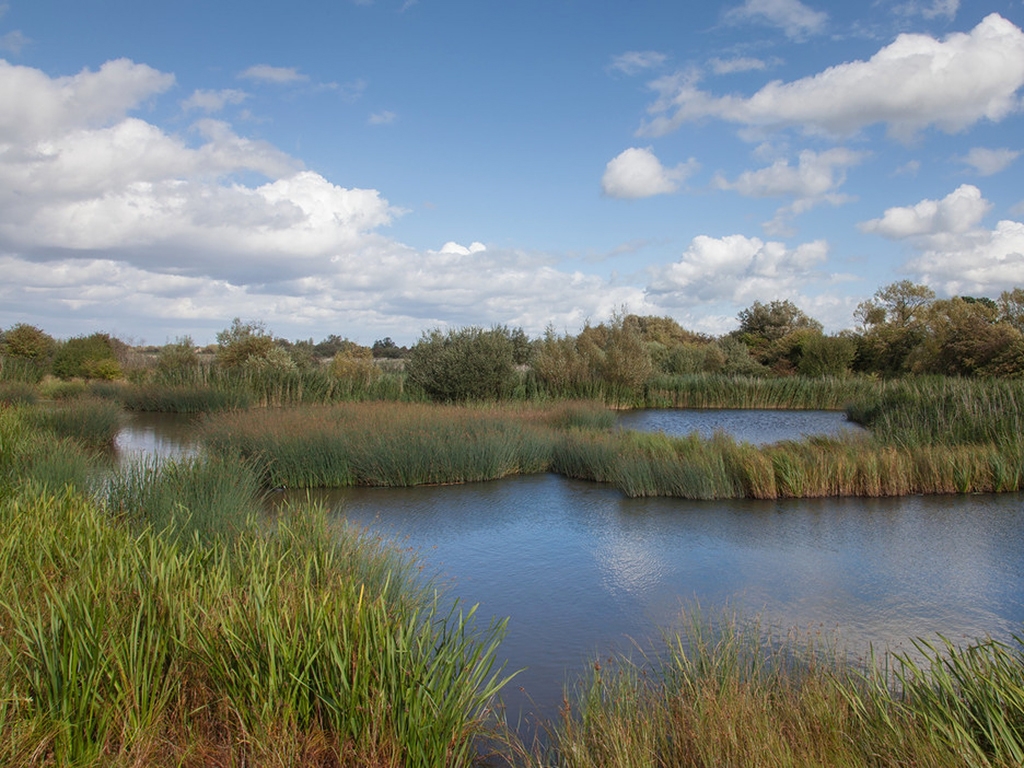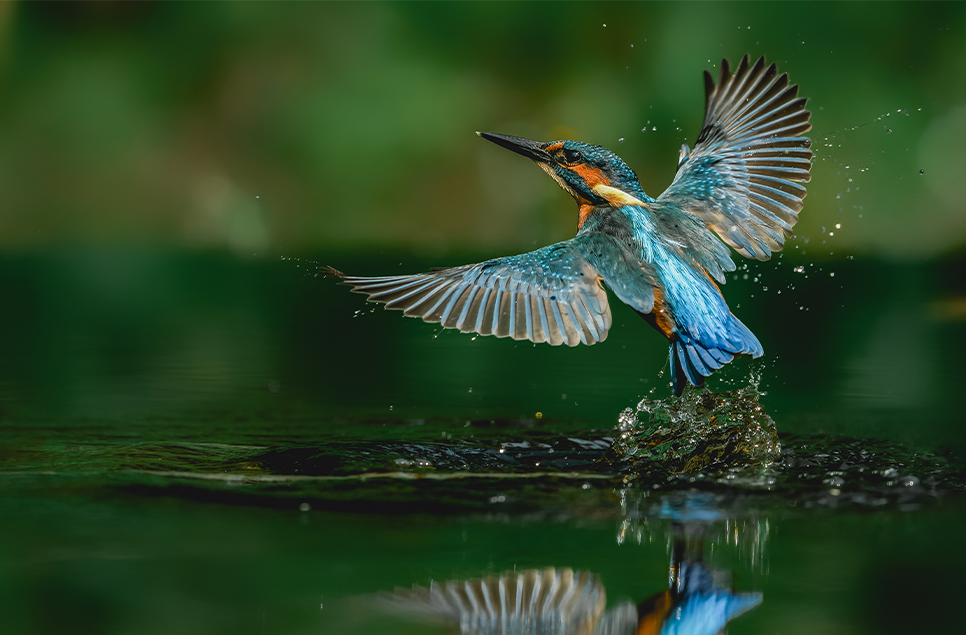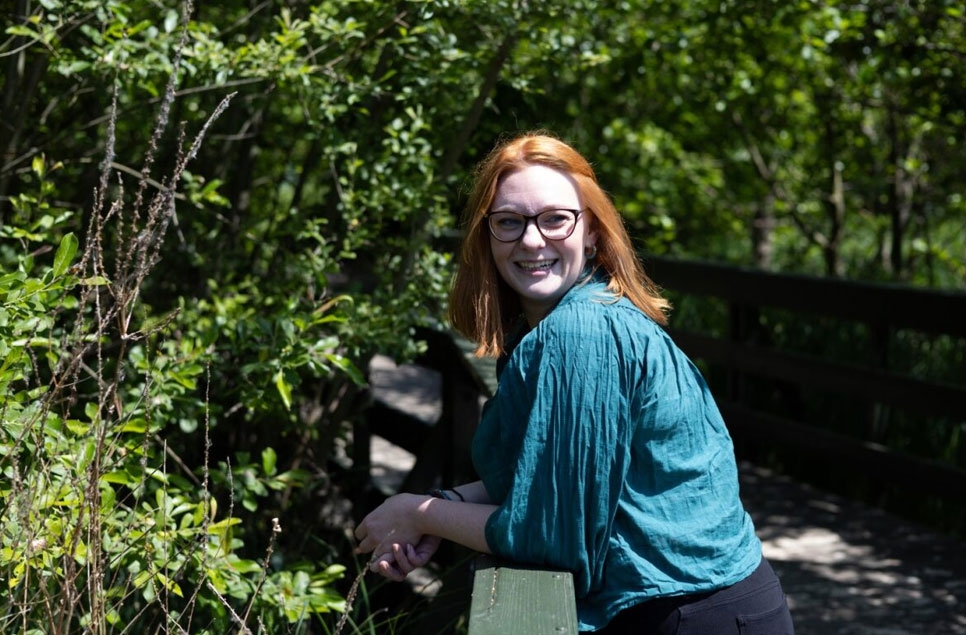10 ways to add water to your garden that wildlife will love
When it comes to supporting nature, wildlife gardens are a good place to start. By creating ponds and wetland areas in our gardens - no matter how small – you'll attract wildlife like dragonflies, amphibians and birds.
When it comes to supporting nature, wildlife gardens are a good place to start. But have you noticed how there seem to be less and less ponds around recently, in favour of decking and paving slabs?
By creating ponds and wetland areas in our gardens - no matter how small – we’ll be building a vibrant home for a diverse range of wildlife. Plus, being around water is good for our health too.
If you've got any sort of water feature in your garden, you'll know that spring is an amazing time: frogs and toads appear, then frogspawn, then tadpoles. Spring flowers emerge, followed by dragonflies and mayflies. Bees and butterflies crowd round the newly emergent foliage.
We'd love to see how your pond develops over the spring - please share it will us on Twitter, Facebook and Instagram using the #PondWatch.
Not put in a pond yet, or worried you haven't got the space? Here are some tips to add water to your home whatever your situation.
1. Put in a small wildlife pond
If space is at a premium even a small pond can provide a fantastic home for insects and water creatures. These will, in turn, attract other wildlife such as birds and hedgehogs. If designed and planted carefully, you can use it to provide nature with an amazing variety of different wetlands all within a relatively small area. From the pond margins to the open pond, you’ll soon find it teeming with life.
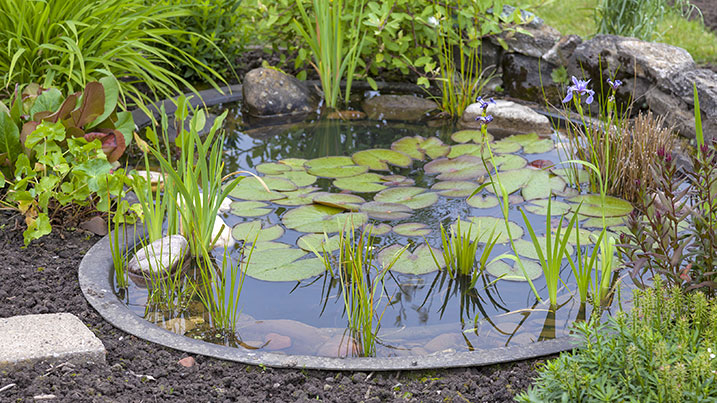
2. Put in an even smaller wildlife pond!
You can even create a wildlife container pond from anything as small as an old washing up bowl to a bathroom sink. When choosing plants for a mini pond, you’ll still need a range of plants just as you do for a bigger pond, to ensure it stays clear and to create a range of habitats to attract wildlife. Just be careful to choose species that won’t grow too big. Water forget-me-not, lesser spearwort and marsh marigold all work well in smaller spaces.
3. Choose plants to help amphibians breed
As well as looking good and helping to keep your pond clean, many plants are worth choosing for the specific havens they offer amphibians. Water lilies provide shelter for frogs and fragile tadpoles, while you can often find individual newts’ eggs tucked into water forget-me-not.
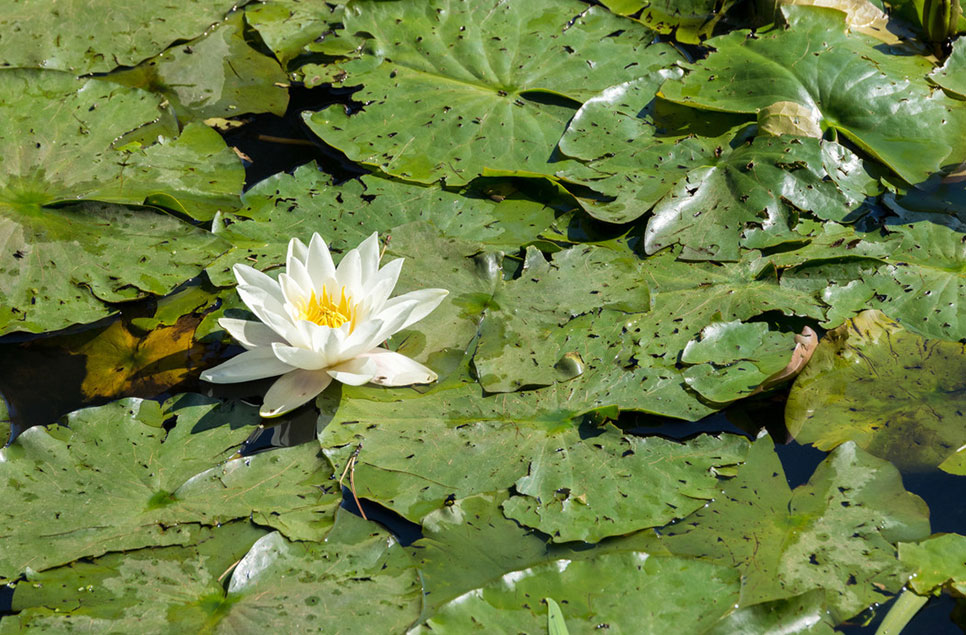
4. Invertebrates love wetland plants too
The buttercup-like flowers of common water crowfoot provide important food which will attract bees, butterflies and other insects. Water mint can be used to flavour food and drink, as well as attracting butterflies like the tortoiseshell, peacock and comma.
Attract dragonflies to your garden with tall, thin submerged plants. The stems of spiked water milfoil provide the perfect place for dragonflies and damselflies to lay, or ‘oviposit’, their eggs.
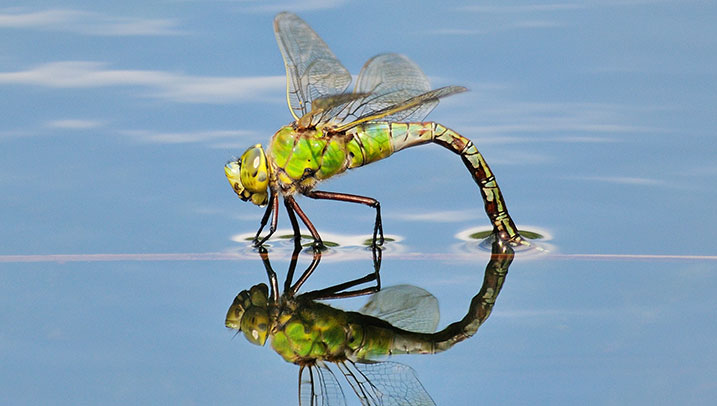
5. Avoid fish
As pretty as fish may be, be warned. They will gobble up many of the other creatures that make garden ponds so fascinating and usually need to be given additional food, which adds a lot of extra nutrients to the pond. Fish are particularly problematic in smaller, closed ponds.
6. Make sure that small animals can get in and out
When building your pond, make sure the margins are reasonably broad and shallow – this will allow easy access for the animals, encourage stronger plant growth and provide warmer areas of water, which will speed up the development of tadpoles. If there is a raised edge, you can add in natural ‘steps’ with stones and longs to help the little creatures in and out.
You might also want to consider pond location - a sunny, sheltered place with logs and hedges around will provide cover for prey species.
7. Build a beautiful bog garden
To introduce a bit of drama, why not consider a bog garden? The moisture loving plants of the bog can grow big and tall and can make a real statement in your garden. Unlike a pond, which is a pool of standing water, a bog garden is more a patch of slow draining, waterlogged soil that mimics natural bog conditions. Because of the range of moisture conditions they offer and the rich diversity of plants that grow there, they can provide fantastic habitats for a huge variety of wildlife.
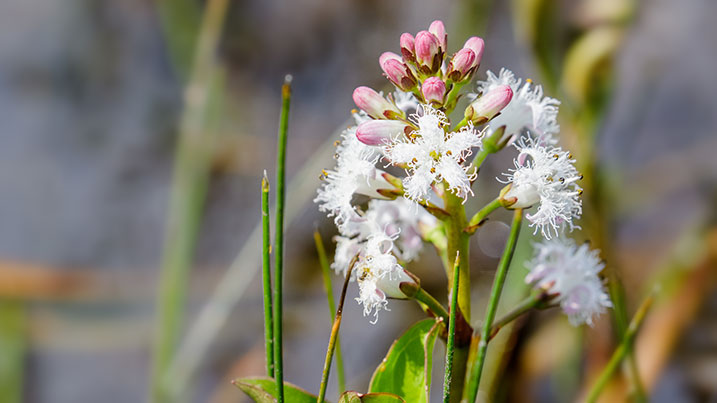
8. Maintain your pond throughout the year
- Thin out and divide new plants in spring, composting with care.
- Top up a pond in summer during dry spells with rainwater from a water butt, not the tap.
- In autumn, skim off fallen leaves and compost, and don’t dump them next to the pond as nutrients will run off into the water and cause algae blooms. Wash any pond creatures off using rainwater too.
- In winter, it’s important to clean out any leaf matter at the bottom so that it doesn’t decompose and release gases, cause hibernating amphibians to suffocate. During extended cold periods, try and keep snow off the surface of the pond so light can get through and help plants photosynthesise.
9. Turn your drainpipe into a mini wildlife reserve
It's a virtually maintenance free wetland. Less of a bug hotel, more of a brilliantly biodiverse spa resort! The best part is, you can do it on a small balcony or terrace (no dig required).
One really great advantage of a drainpipe wetland is that it slows the flow of rainwater from your roof into our drainage systems, thus easing the pressure off our rivers and streams and helping to prevent flooding. With all the hard surfaces that cover our urban landscapes, it’s more important than ever to retain our rainwater.
How to make a drainpipe wetland
10. Buy native plants
And finally, make sure you choose native UK plants for your wetland garden. Non-native invasive wetland plants can spread rapidly and outcompete native plants, clogging waterways and leading to an increase in flooding. They aren’t inherently ‘bad’ plants, but they’re not what our delicate ecosystems are used to, which is why they’re a problem.
It’s also a myth that you need exotic plants to make your garden look attractive; once you’ve seen the gentle beauty of water forget-me-not, marsh helleborine or snake’s head fritillary, you’ll realise that these damp-soil or aquatics add amazing biodiversity to your little patch of nature.
Find out more about attractive native plants you can add to your pond
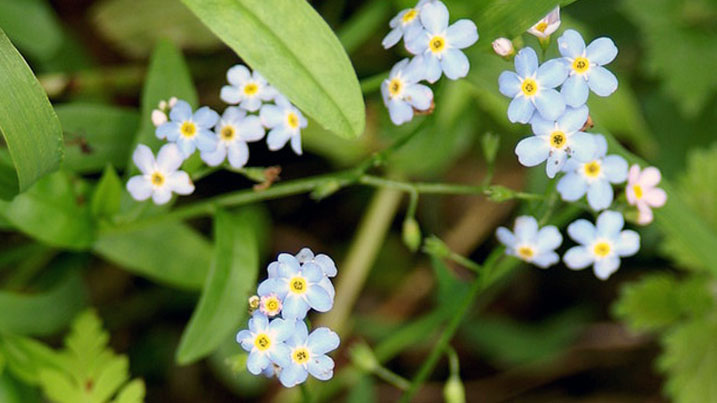
PHOTO: Imke Pennington / Water Forget-me-not (Myosotis scorpioides), Clunie
Here are some ponds from Twitter we love...
I’m having babies. Checked on my pond and low and behold there is an abundance of frog spawn. It’s taken a couple of years to get the pond established but this is proof it’s a decent habitat for the little beauts. Bring on the tiny frog slug defence. @MappAllotments pic.twitter.com/RfVRA9l2Vl
— Craggle (@CraggleB) March 17, 2020
Early wriggles of nearly tadpoles #spring #frogspawn #tadpoles @froglifers pic.twitter.com/zDw4jc7DF1
— Kate Bradbury (@Kate_Bradbury) March 8, 2020
